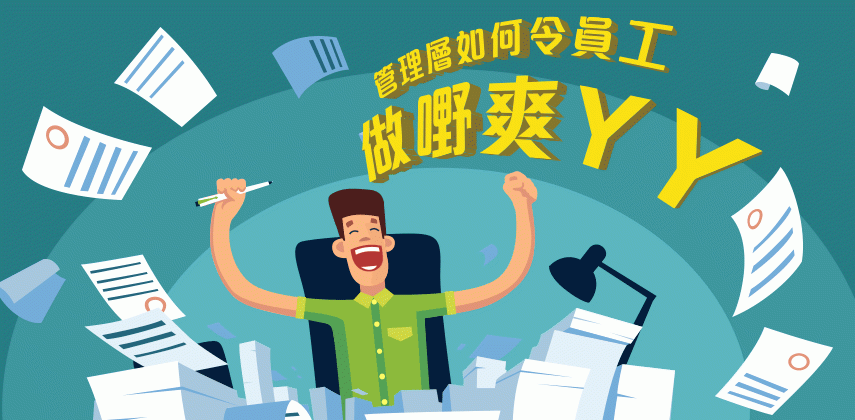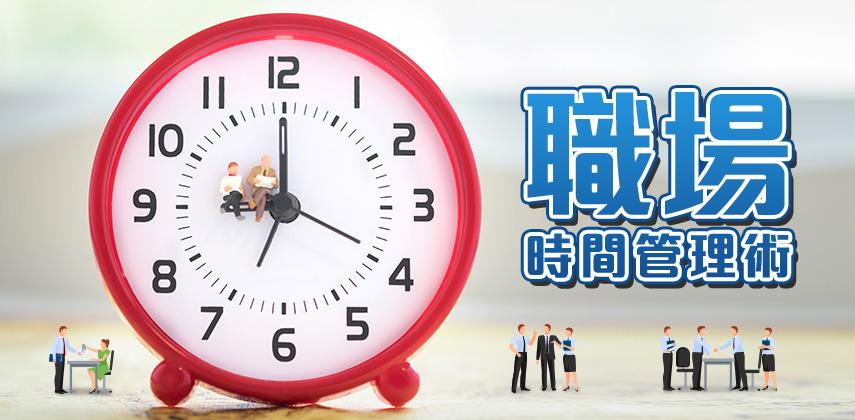Top achievers have top strategies. Most successful C-level executives identify workplace productivity hacks and set the tone for their organisations by role-modelling these effective practices. Here are some of the best ways top C-level executives cultivate a more productive workplace.
Plan the day. One of the best ways to practice productivity is to create a to-do list either at the end of the day for the following day or the first 15 minutes of your work day to plan ahead. Then, prioritise three must-do tasks and identify what else can be delegated to others. Must-do tasks are the ones that have the largest impact. To increase productivity, break large crucial tasks down into manageable pieces that can be knocked out in 45-50 minute chunks. Task completion (and crossing it off the list) sends a message to the reward centre of the brain, which increases energy and motivation. Tackle your hardest tasks first thing, when you are most alert.
Mind your workspace. A cluttered desk reveals a cluttered mind. Or at a minimum, it sucks away time, energy, and focus from the tasks at hand. Workspaces are best when they are organised (easy to find things quickly) and tidy (less stimulus and drain on the brain’s attention). They are also most effective when pleasant and personalised. The more comfortable and at ease one feels, the more productive they are. Allow staff to personalise their space and have photos of loved ones or pleasant artwork to increase the sense of calm. Give attention to amenities like: comfortable chairs, computer monitors at the appropriate height, ergonomic keyboard and mouse, favourite pens, the use of calming or energising music, white noise machines or use of headphones for minimising distractions.
Protect your focus. Our brains work optimally when they are able to fully focus on one thing at a time. We are so used to being distracted that we continue to seek out distraction even when it is detrimental. Unfortunately, once we are distracted from a task, it can take up to 23 minutes to get back into the zone and pick up where we left off. Learning to protect your focus can take some discipline. First, mute email and phone alerts. Second, only check email at designated periods of time so that your focus is not stolen and your must-do list does not get hijacked. Third, put your cellphone in your desk drawer or bag to avoid the temptation of Facebook, Twitter, or Candy Crush throughout the day.
Take breaks. Have you heard that sitting is the new smoking? Research indicates that the amount of time we spend sitting is damaging our hearts, our muscles, and our brains. It can even lead to serious illness such as Type II diabetes and colon cancer. Our bodies are meant for movement and activity. Plan to get up from your desk every 45-50 minutes for at least ten minutes. Walk around the perimeter of your office, get some fresh air outside, or connect with your colleagues. The movement and activity will help you better refocus when you return to your work.
Limit meetings. Some meetings are helpful and crucial. Others are labourious and unproductive. Identify the types of meetings and the people who need to attend them and eliminate the rest. Always have a clear agenda beforehand and provide it to attendees in advance so their thoughts and any helpful materials can be gathered in advance. Set a clear boundary about meetings by designating only one or two days per week that meetings may occur.
Create an inviting environment. Employees are more productive when they are happy and a feeling of connection with others increases happiness. Ideal workplaces have areas where staff can connect, chat, and build relationships. This can be the kitchen or break room or simple lounge areas. Provide refreshments to draw people in. Additional amenities, such as a gym or meditation room if you are really committed, can help employees take care of their mind and body, leading to enhanced productivity.





